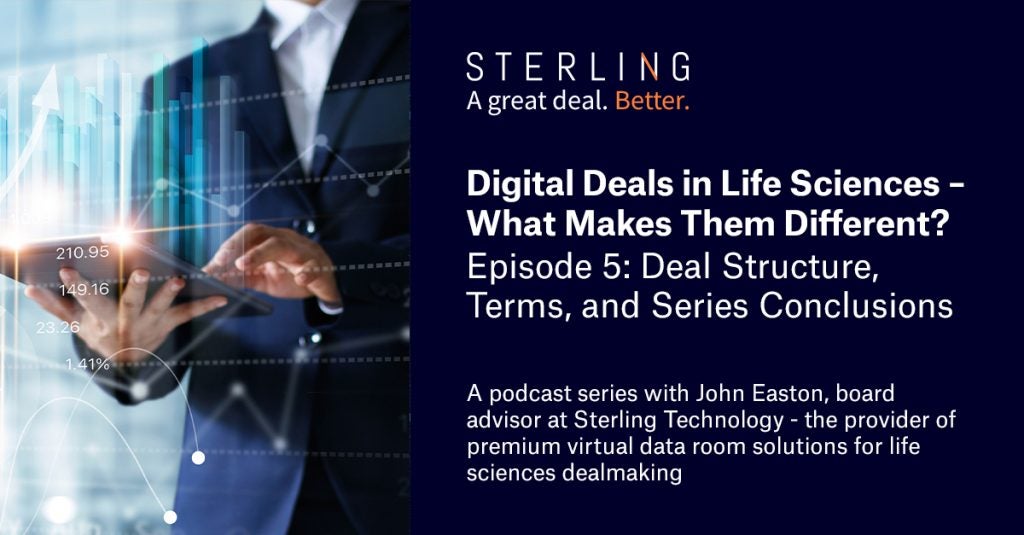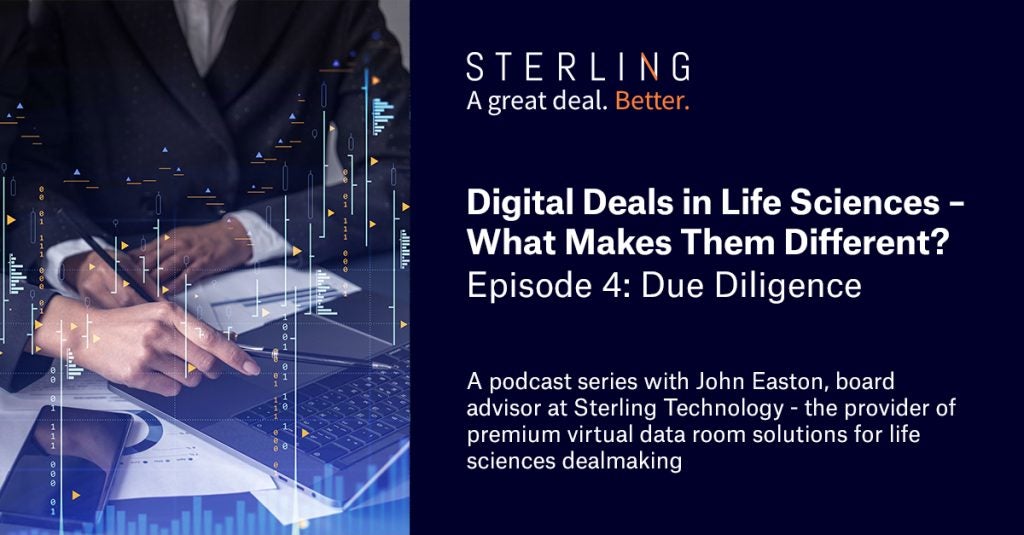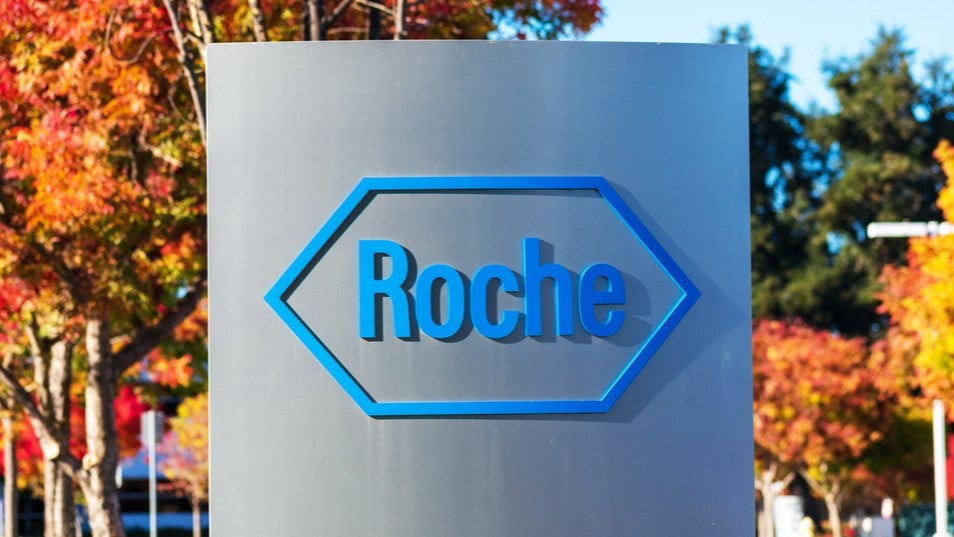
The US Food and Drug Administration (FDA) has issued 510(k) clearance for inHEART’s AI software module that optimises the creation of 3D models of the heart.
The module is designed to automate the segmentation of CT images for 3D cardiac modelling.
It has been made available commercially in the EU and will now be delivered to hospitals across the US.
inHEART president and CEO Todor Jeliaskov said: “The addition of AI automation is an important milestone as it allows us to optimise the expertise of our team and deliver our solution within hours to physicians.
“Our mission is to make world-class cardiacimaging expertise available to all physicians to optimise treatment strategies, improve clinical outcomes, and treat patients in a timely manner.
“With our new AI module, we look forward to scaling the production of inHEART’s digital twin of the heart in more centres across the US.”
How well do you really know your competitors?
Access the most comprehensive Company Profiles on the market, powered by GlobalData. Save hours of research. Gain competitive edge.

Thank you!
Your download email will arrive shortly
Not ready to buy yet? Download a free sample
We are confident about the unique quality of our Company Profiles. However, we want you to make the most beneficial decision for your business, so we offer a free sample that you can download by submitting the below form
By GlobalDataThe company’s solution uses a proprietary segmentation algorithm to analyse preprocedural CT and/or MR images to generate detailed, interactive 3D cardiac models.
These models assist physicians in tailoring treatment strategies to each patient’s unique cardiac anatomy while supporting pre-procedural planning and integration into all electroanatomic mapping (EAM) systems.
Clinical evaluations have highlighted the potential impact of inHEART’s technology, indicating a possible 60% reduction in ventricular tachycardia (VT) procedure times when compared to traditional methods.
Furthermore, image-guided ablations facilitated by inHEART’s software have shown a 38% decrease in VT recurrence rates against conventional ablation strategies.
Last year, iHEART secured CE certification for its inHEART MODELS software suite to facilitate 3D visualisation and analysis of anatomical structures for image-guided cardiac ablations.







